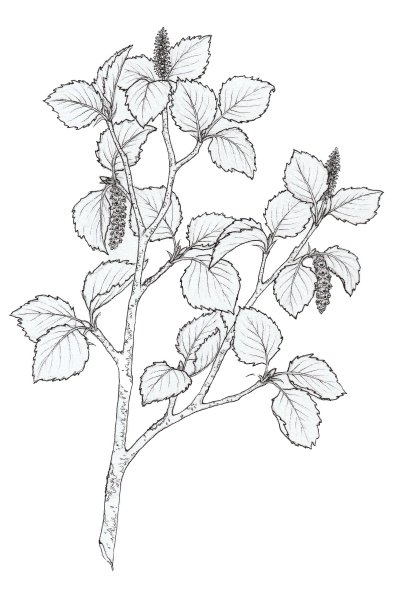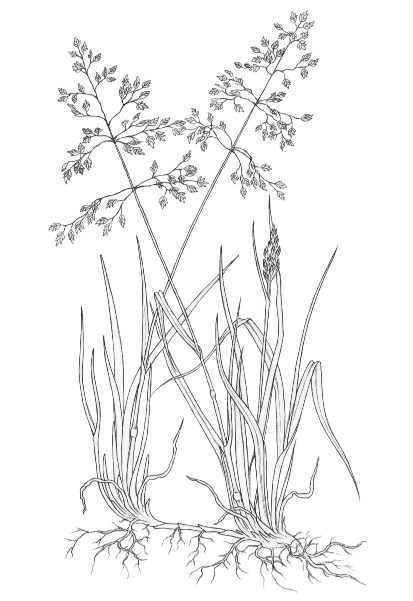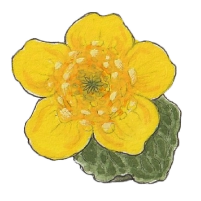URL Forwarding
A complete setup guide
Got multiple domains? Make them work harder. Whether you’re catching typos, running campaigns, or moving to a new address, smart forwarding keeps every visitor heading exactly where they need to go.

Meadow pipit (Anthus pratensis)
The meadow pipit is the social songbird of the grasslands. They are quite common and with their especially long hind claw they are uniquely qualified to forage and hunt in unstable ground. For these birds, precision is everything. Their nests are meticulously crafted and their flight, though it might seem chaotic, makes them expert hunters.
Illustration by Fífa Jónsdóttir

Common use cases
Brand Protection
- Secure similar domain spellings to protect your brand
- Redirect common misspellings to your main website
- Capture traffic from alternate domain extensions (.net, .org, etc.)
Marketing Campaigns
- Create memorable campaign-specific domains
- Track traffic from different marketing channels
- Build specialized landing page redirects
Website Migration
- Preserve SEO value when changing domains
- Ensure a seamless transition for existing users
- Maintain backward compatibility with old links
User Experience
- Create easy-to-remember shortcuts for complex URLs
- Direct users to specific pages or sections of your site
- Support regional domains that redirect to appropriate content

Types of redirects
301 Moved Permanently
- Best for: Permanent domain changes
- SEO impact: Transfers most SEO value to the new domain
- Browser behavior: Browsers cache this redirect
- Use when: You’ve permanently changed your website address
302 Found (Temporary Redirect)
- Best for: Temporary redirections
- SEO impact: Minimal SEO value transfer
- Browser behavior: Not cached long-term
- Use when: Content is temporarily relocated
Frame Redirect
- Best for: Maintaining URL appearance while showing different content
- SEO impact: Can cause SEO complications
- Browser behavior: URL stays the same while displaying different content
- Use when: You need to preserve the original URL in the address bar


Prerequsites
- An active account with 1984 Hosting
- Domain(s) registered and managed through 1984 Hosting
- Clear destination URL where visitors should be redirected
Step-by-step configuration
- Access Your Account
- Navigate to 1984hosting.com
- Click the Sign in button in the top navigation menu
- Enter your credentials and authenticate your session
- Choose Control Panel from the options
- Open Control Panel
- Locate and click the Goto Control Panel button
- This brings you to your domain management interface
- Select Target Domain
- Find the domain you want to set up forwarding for
- Click the action menu (three vertical dots ⋮) on the far right of the domain entry
- This opens a dropdown menu with available actions
- Configure Forwarding
- Select Forward from the dropdown menu
- This opens the domain forwarding configuration screen
- Set Redirect Type
- From the “Forward type” dropdown, select 301 moved permanently
- This is recommended for most permanent redirects
- Enter Destination URL
- In the “Destination” field, enter the complete URL where visitors should be redirected
- Include the protocol (https:// or http://)
- Example:
https://yourdestinationsite.com
- Save Configuration
- Click the Update button to save your settings
- The system will apply your forwarding rules
- Verify Functionality
- Open a new browser tab or window
- Enter your source domain (the one you configured forwarding for)
- Confirm you are redirected to the correct destination


Advanced configuration options
Path Preservation
- Enable “Keep Path” to maintain subdirectories when redirecting
- Example:
olddomain.com/blog/post1redirects tonewdomain.com/blog/post1
Protocol Selection
- Choose between HTTP and HTTPS for your destination
- HTTPS is recommended for security and SEO benefits
Subdomain Handling
- Configure wildcards to redirect all subdomains
- Create specific rules for individual subdomains

Troubleshooting common issues
Redirect Not Working
- Verify DNS propagation has completed (may take 24-48 hours)
- Confirm your domain’s nameservers are correctly set
- Check that forwarding settings have been properly saved
Redirect Loop
- Ensure you’re not creating a circular redirect pattern
- Verify destination URL is different from the source
SEO Concerns
- Use 301 redirects for permanent moves to preserve SEO value
- Implement redirects at the server level when possible
- Update internal links to point to new destinations


Best Practices
Documentation
- Keep records of all your domain redirects
- Document the purpose of each redirect for future reference
Regular Audits
- Periodically test your redirects to ensure functionality
- Verify destination URLs remain valid and accessible
Minimizing Redirect Chains
- Avoid creating chains of multiple redirects
- Update old redirects to point directly to final destinations
Need Additional Help?
If you encounter any issues with URL forwarding or have questions about optimizing your domain strategy, contact 1984 Hosting’s customer support team for personalized assistance.

Need additional help?
If you encounter any issues with URL forwarding or have questions about optimizing your domain strategy, contact 1984 Hosting’s customer support team for personalized assistance.
